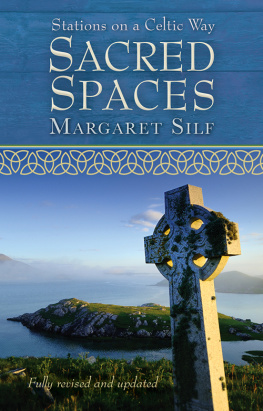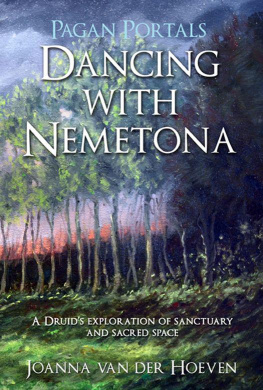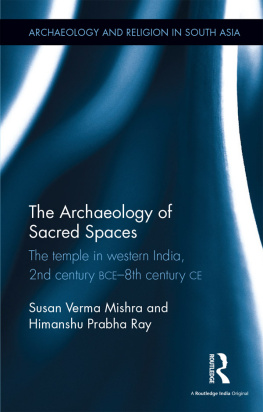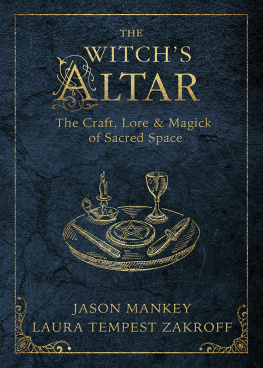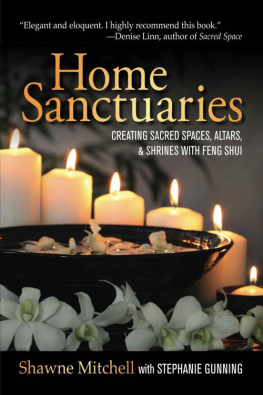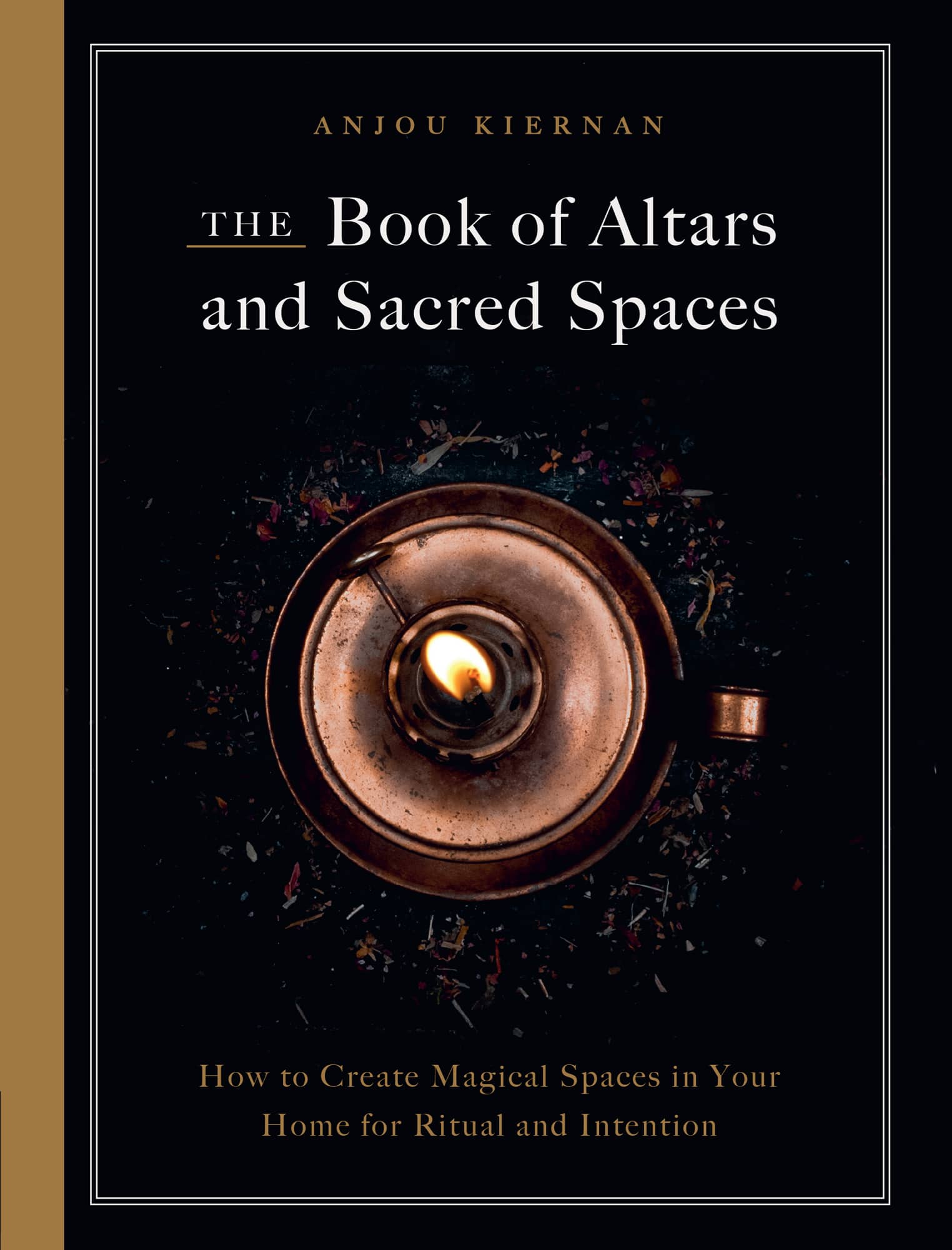Within a sacred space, the heart of the mindful practicethe altarbeats. It fills up with the energies that we pour into it, like a chalice receiving wine. This concentrated energy makes an altar a powerful place to do magickal work. In many theistic religions, altars are raised structures reserved for sacred rites and sacrifices to gods and goddesses. But in modern pagan practices, altars function not only as powerful places for ritual and spellcasting, but as foundations for offerings of gratitude, symbols of the season, shrines to deities or nature spirits, and places to capture intentional stillness and quiet focus. You may choose to have a single altar in your home that caters to your rituals, or you may create these pockets of magick throughout your environment. Your mindful journey through the world is yours to curate.
The Wheel of the Year
As you travel along your journey, you will notice that your magick naturally follows the turn of the seasons. Each of these turns corresponds to a solar event that is honored by a holiday (also known as a sabbat in Wicca) on the pagan calendar, the Wheel of the Year. The Wheel of the Year consists of eight holidays or festivals that mark transitional times of the year. Beginning with Midwinter on the longest night of the year, the Wheel slowly spins as the barren winter land blossoms into spring and bursts forth into the harvests of summer and fall. Although each holiday is celebrated in its own right, there are three general truths to keep in mind when planning seasonal sacred spaces to correspond with them: The solstices (the longest and shortest days of the year) bid farewell to one half of the year and welcome the next; the equinoxes (when night and day are of equal length) honor the balance of light and dark; and the cross-quarter days (the midway points of each of the four seasons) prepare for transition.


The holidays on the Wheel of the Year celebrate traditions that have been adapted from the pagan cultures of ancient Europe. These festivals often called for great feasts, village bonfires, or other large gatherings to honor the cultivation of community for survival and success throughout the year. The pagans of yesteryear were deeply tied to the land, and many of the festivals enduring traditions hark back to ancient farming practices. They were opportunities to give gratitude to the Sun, as well as to cultural deities and folk figures thought to influence seasonal patterns. Though these traditions may not necessarily be relevant to your life or region, they have symbolic purpose that can bring meaning and intention to your seasonal altars and sacred space.
In preparing your holiday celebrations, remember that your traditions might vary based on your own regional observations. The Wheels seasonal timing drew mostly from the climate of northern Europe, which may not reflect your own regions occurrences. Even within ancient pagan societies, timing differed based on location. Ireland has historically only had two seasons: winter, which began at Samhain, and summer, which began at Beltane. This is why, even across many countries and practices, we consider Samhain and Beltane to be the transitional, liminal times of the year.
Setting Up Your Sacred Space
As you follow the Wheel of the Year, you will want to create spaces in which to honor the traditions and transitions that attune your magick to the pulse of nature. These spaces will flux with your own needs and the needs of the world around you. Curating your environment into a mindful journey through the seasons will be largely influenced by this symbiotic relationship. It will require you to consider several factors, especially intention, location, and foundation.
INTENTION
The first step in creating a sacred space is deciding on your intention. Where are you on the Wheel of the Year? What seasonal traditions or symbols speak to you and your individual practice? Would you like to express gratitude for the abundance of the season or perhaps honor a deity or nature spirit? Or would you like to plan a ritual based on a quality that the season brings, such as growth or cleansing? Perhaps you want to take advantage of the timing to perform pagan traditions such as handfasting or fertility spells. In magick, intention is everything, and your sacred space will be that much more effective if it captures the proper energy. Visualize it, meditate on it, write it down, and journal about it. Then, and only then, begin to energize your intention.
LOCATION
Magickal spaces can exist anywhere, but knowing where you work your magick best is the key to making your sacred space work for you. Many times, your intention will help guide you to the best location. For instance, an offering to the faeries would be best placed where they dwelloutdoors, near a garden or forest entrance. And a confidence shrine might be best suited to a private space with a mirror, such as a bathroom or bedroom vanity. If heading outdoors, tree hollows, forest glades, water edges, grottos (whether natural or artificial), and other natural formations are sometimes the most powerful places to make magick and can easily house even temporary sacred spaces. In fact, a serene and tucked-away forest glade has become my favorite place to meditate or call upon the elements. Weather, too, will be an inescapable factor when choosing a locationit might prove a bit difficult to have a balefire in a thunderstorm! No matter your surroundings or your ability to access nature, most sacred spaces in this book can be modified so that they are just as effective indoors. Simply focus on the symbolismthe balefire we mentioned could be contained in a jar candle and decorated with stones or sticks around the base. The intention and focus are still there, but your balefire is now fit for an indoor space.


